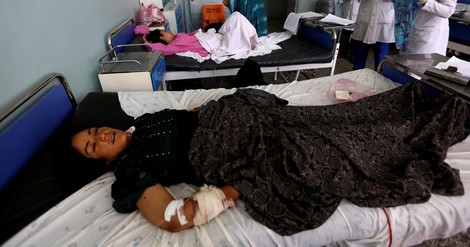Your podcast discovery platform
Curious minds select the most fascinating podcasts from around the world. Discover hand-piqd audio recommendations on your favorite topics.

piqer for: Technology and society Global finds Globalization and politics
Emran Feroz is an Afghan-Austrian journalist currently based in Stuttgart, Germany. He is regularly writing from Afghanistan, often focusing on the Middle East, Central Asia, drone warfare, refugee policies and human rights. Emran is writing in both German and English. His work has already appeared in international media outlets such as Al Jazeera, The Intercept, Alternet, The Atlantic or the New York Times and in various German and Austrian news papers and magazines.
How Civilian Airstrike Deaths In Afghanistan Are Barely Investigated
Civilian casualties after airstrikes by the US airforce or the Afghan military are taking place regularly in Afghanistan.
Mostly, nobody cares about these victims as I have seen and investigated myself in several Afghan provinces.
Recently, Human Rights Watch did a great job to expose this reality.
Between November 2017 and April 2018, researchers interviewed 42 civilian airstrike victims and witnesses in Nangarhar, Herat and Kabul.
The result: Both the Afghan government and the US military have developed almost no capacity to investigate civilian casualties arising from its military operations. Overall it has a poor track record conducting investigations into its own military.
At the same time, US forces have downsized their civilian casualties tracking mechanisms and never conduct on-site investigations after attacks resulting in civilian casualties. Instead, they relied on visual and satellite imagery and — this happens very often in my experience — unreliable Afghan security officials.
True victims or witnesses have never been interviewed by the culprits, as the report points out.
"The failure to interview witnesses is a critical flaw in the Resolute Support civilian casualty investigation methodology because it excludes a key source of information, typically leaving investigators with only one side of the story."
